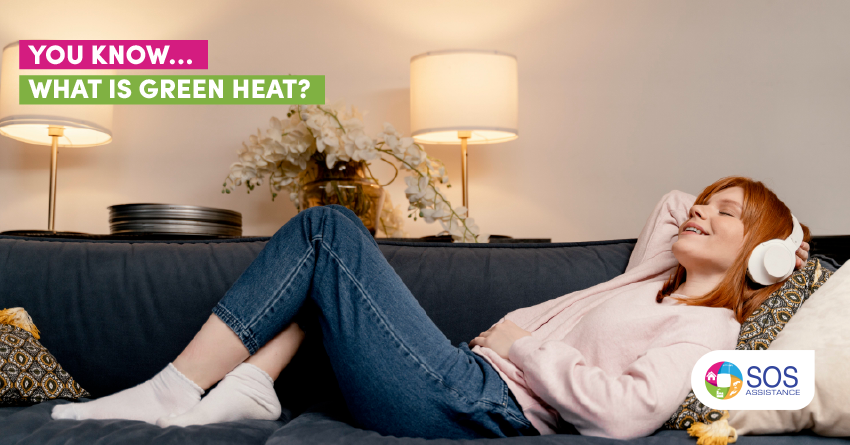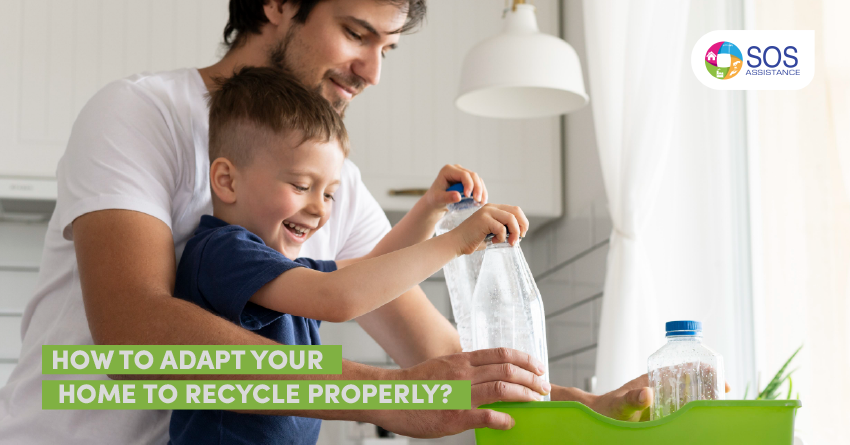Today’s market trends and technological innovations are continuously evolving to meet people’s needs. One such innovation gaining attention over the past few years is "green heat." At SOS Assistance, we want to share what green heat is all about and its implications.

(Image sourced from: Unsplashed for Alex Padurariu)
Also known as 3D heat, these are low-power electric heaters that emit infrared rays to heat objects. While the term “green”; suggests these heaters are environmentally friendly, it’s essential to understand the advantages and disadvantages of using this type of heating system.
Advantages of Green Heat:
1. Lower Electricity Consumption: Green heaters use five times less power than portable electric heaters.
2. Effective in Mild Temperatures: They can effectively heat spaces where the temperature is not extremely low.
3. Ideal for Small Spaces: They are a good option for bathrooms or small rooms.
4. Customizable Design: You can order them in various sizes to fit your
space requirements.
Disadvantages of Green Heat:
1. Ineffective for Large Spaces: In medium to large rooms, they take too long to heat, leading to higher costs.
2. Limited Heating Range: Moving a few meters away from the heat source can result in feeling cold.
3. Not Truly Eco-friendly: The system is not genuinely sustainable or eco-friendly.
4. Inefficient Heating Method: The technology relies on heating a resistor (Joule effect), which is not the most efficient method.
Additional Considerations
The cost of green heat systems can vary widely, from $200 to $620, depending
on the size and labor costs involved.


Leave A Comment